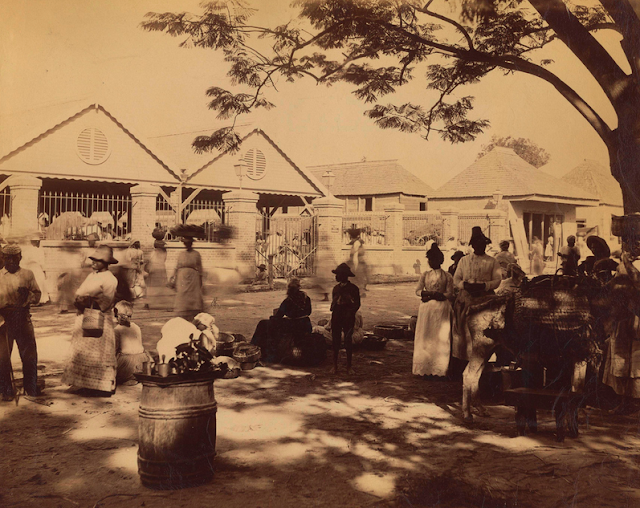Introduction: Unraveling Jamaica's Heritage
Jamaica, with its vibrant culture and breathtaking landscapes, holds within its shores a rich tapestry of history. At the heart of this history lies the story of its homes, woven through centuries of migration, colonization, and resistance. From the earliest inhabitants to the present day, the evolution of Jamaica's homes reflects the diverse influences that have shaped the island's identity.
The Indigenous Roots: The Taíno and the Arawaks
The story of Jamaica's homes begins over a millennium ago with the arrival of the indigenous Taíno people around 600 AD. Known for their seafaring prowess and vibrant culture, the Taíno settled along the coastlines, establishing villages governed by tribal chiefs known as caciques. Their homes, constructed from natural materials such as wood and thatch, blended harmoniously with the lush landscape of the island.
The Taíno, or Arawaks as they are also known, named the island "Xaymaca," meaning "land of wood and water." Their society thrived on fishing, agriculture, and a deep connection to nature. However, the arrival of European explorers would irrevocably alter their way of life.
The Arrival of the Spanish: Conquest and Colonization
In 1494, Christopher Columbus landed on the shores of Jamaica, ushering in an era of Spanish rule. The indigenous Taíno faced devastation through disease, warfare, and enslavement brought by the Spanish colonizers. Many were wiped out, and those who survived were forced into labor or fled to remote regions of the island.
With the decline of the indigenous population, the Spanish turned to African slaves to work on their plantations. The introduction of sugarcane cultivation brought about a significant transformation in Jamaica's landscape and architecture. Spanish colonial homes, characterized by their sturdy stone construction and terracotta roofs, dotted the countryside, serving as symbols of power and wealth.
The Legacy of Resistance: Maroons and Their Hidden Homes
Amidst the brutality of slavery, a spirit of resistance emerged among the enslaved Africans. Some fled captivity and sought refuge in the rugged interior of Jamaica's mountains and forests. These freedom fighters, known as Maroons, established hidden communities where they could live autonomously, far from the reach of their oppressors.
The Maroons, descendants of African Muslims and others, constructed homes using natural materials and ingenious techniques to blend into their surroundings. Their dwellings, often camouflaged amidst dense foliage, served as sanctuaries where they could preserve their culture, language, and traditions.
The Struggle for Preservation: Threats to Maroon Heritage
Today, the legacy of the Maroons faces new challenges. Economic hardships and external threats, such as bauxite mining, endanger their traditional way of life and ancestral lands. Many Maroons have been forced to leave their homes in search of employment, leading to concerns about the preservation of their unique cultural heritage.
Despite these challenges, the resilience of the Maroon communities endures. Efforts to safeguard their land and heritage are underway, with advocacy groups and community leaders working tirelessly to protect their ancestral homes and way of life.
Conclusion: Embracing Diversity, Honoring Heritage
The story of Jamaica's homes is a testament to the resilience of its people and the diverse influences that have shaped its history. From the indigenous Taíno to the Maroon communities, each chapter reveals a tapestry of cultures, traditions, and struggles for freedom.
As Jamaica continues to evolve, it is essential to recognize and preserve the heritage embedded within its homes. By honoring the past and embracing diversity, we can ensure that future generations inherit a legacy rich in history, identity, and resilience.
